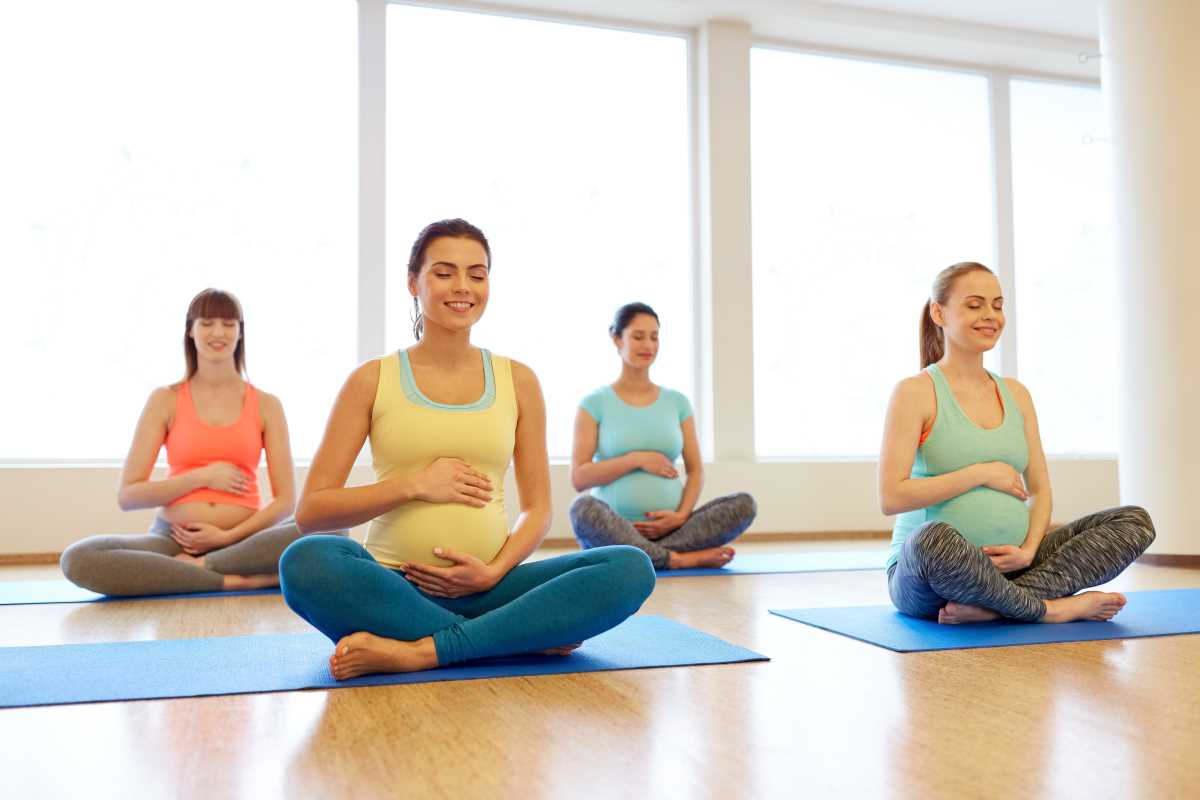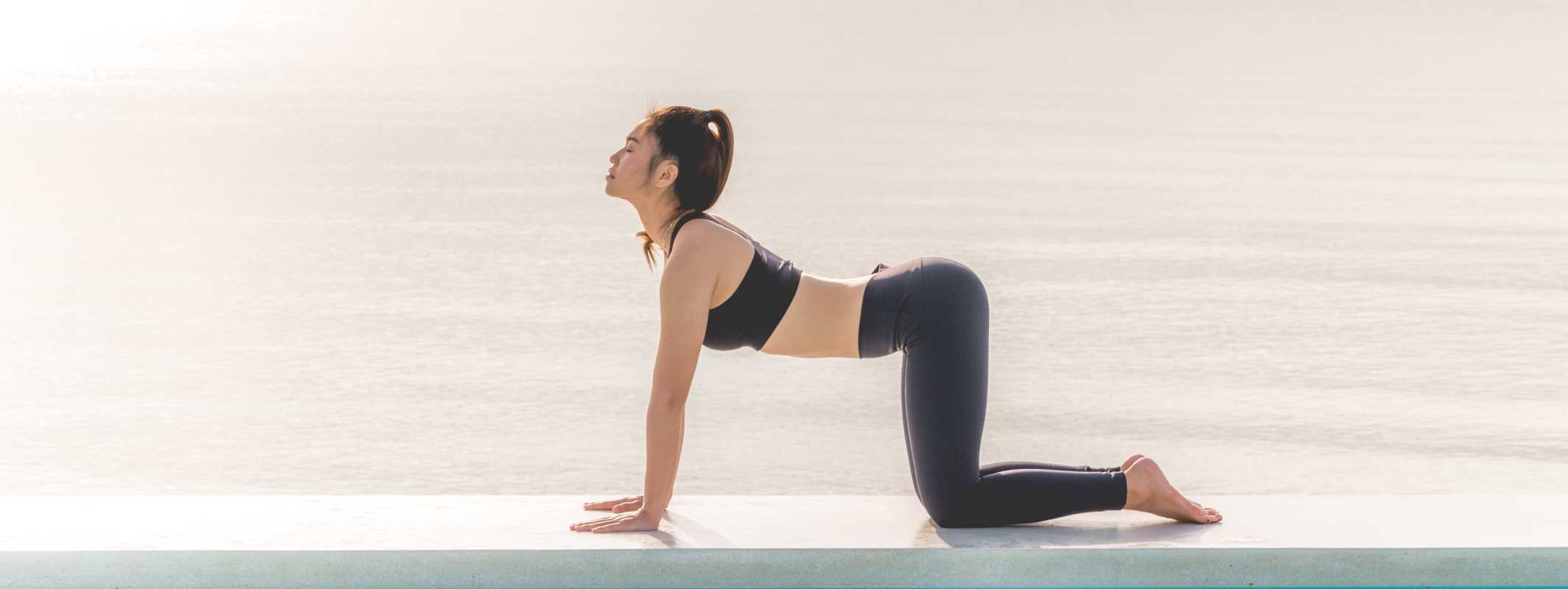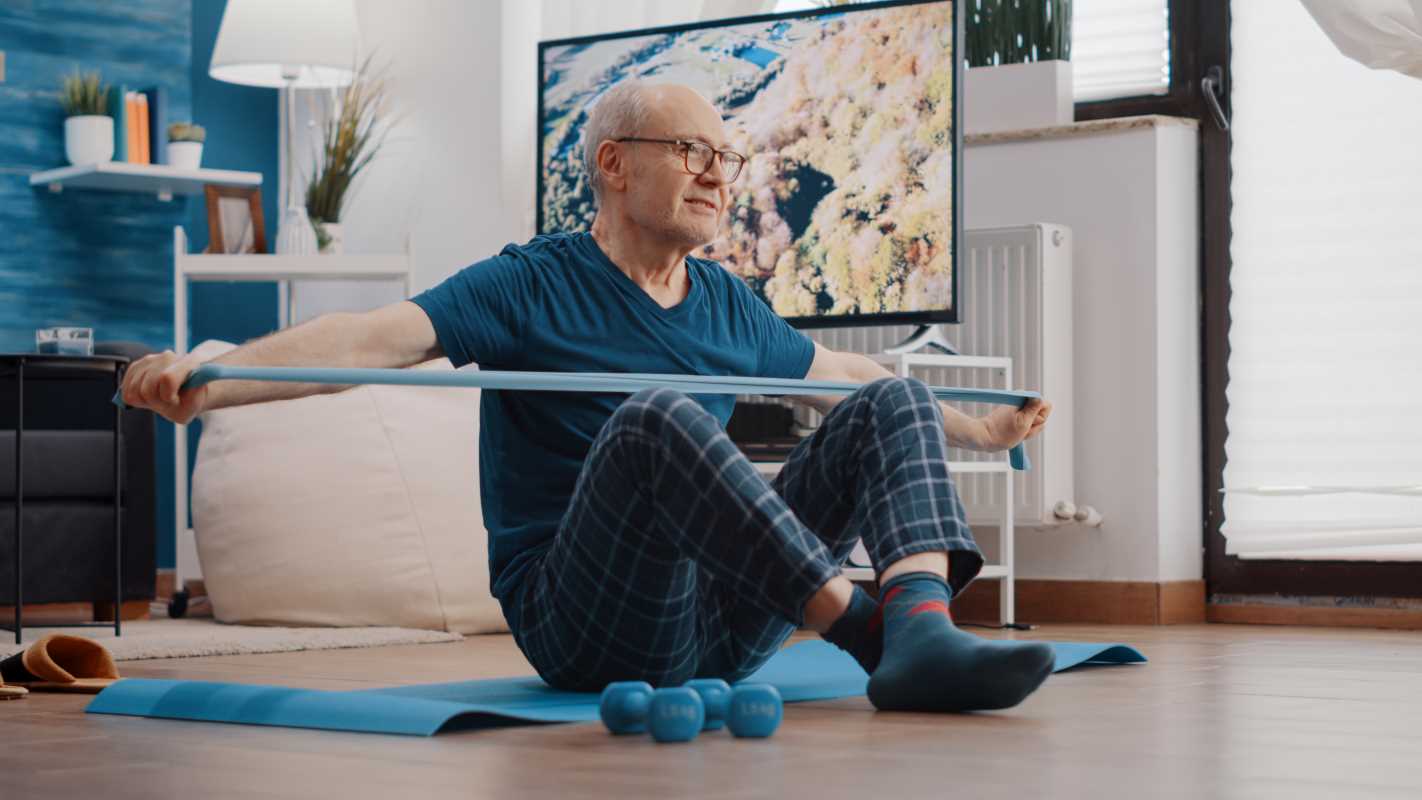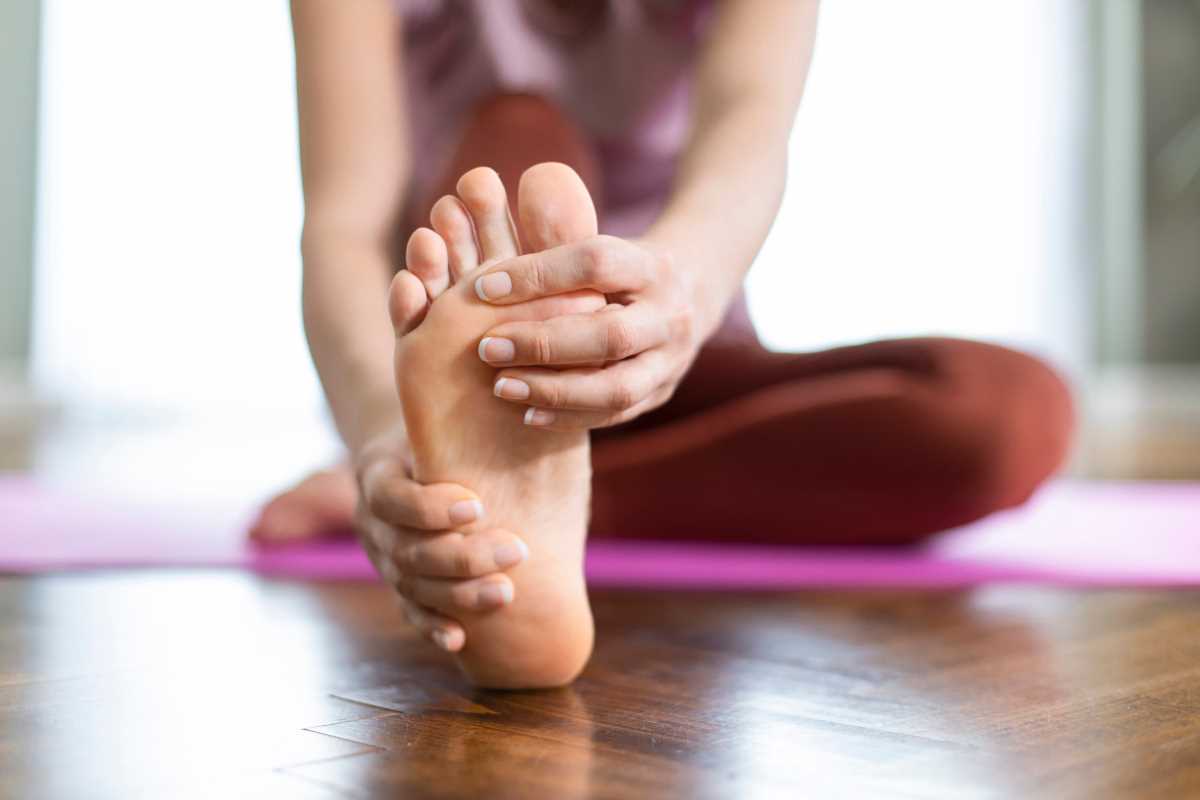Scoliosis isn't an easy condition to live with. Muscle imbalances around the spine often lead to discomfort, reduced mobility, and difficulties in keeping an upright position. Incorporating scoliosis-specific core strengthening exercises into your routine can make a noticeable difference. These exercises target the muscles that support your spine, helping to improve stability, alignment, and posture over time. Designed to address the unique needs of those with scoliosis, they focus on building balanced strength in the core and back. We're highlighting some easy-to-follow movements that could help benefit people with scoliosis and improve their quality of life through better posture and increased strength.
1. Modified Side Plank
The modified side plank builds strength in the obliques, which play a key role in stabilizing the spine.
- How to do it: Lie on your side with knees bent and stacked. Place your lower forearm on the ground, directly under your shoulder. Lift your hips so your body forms a straight line from head to knees. Hold this position for 10–20 seconds per side, and repeat 2–3 times.
- How It Helps: Strengthens the sides of your core, especially the obliques, improving lateral stability and balance.
Side planks encourage even muscle engagement, which is important for correcting the imbalances that scoliosis causes.
2. Bird Dog
Bird dog is a low-impact exercise that strengthens the lower back and deep core muscles.
- How to do it: Start on your hands and knees with your wrists under shoulders and knees under hips. Extend your right arm forward and your left leg back, keeping your back straight. Hold for 5–10 seconds, return to the starting position, and switch sides. Aim for 8–12 repetitions per side.
- How It Helps: Builds core stability, improves balance, and enhances coordination.
This movement gently trains both sides of the body evenly, targeting the deep muscles that support the spine.
3. Pelvic Tilts
Pelvic tilts are a simple but effective way to strengthen the lower back and abdominal muscles.
- How to do it: Lie on your back with knees bent and feet flat on the floor. Tighten your abdominal muscles and tilt your pelvis slightly upward, pressing your lower back into the floor. Hold for 5 seconds and release. Repeat 10–15 times.
- How It Helps: Relieves tension in the lower back and improves spinal alignment and control.
This foundational exercise helps create a stable base for more complex core movements.
4. Wall Angels
Wall angels work on upper back strength and posture by opening the chest and aligning the spine.
- How to do it: Stand with your back flat against a wall, feet a few inches away from it. Press your lower back, shoulders, and head into the wall. Slowly move your arms up and down in a “snow angel” motion, keeping contact with the wall as much as possible. Perform 8–10 repetitions.
- How It Helps: Encourages proper alignment and strengthens the upper back muscles, which are often weak in people with scoliosis.
This exercise promotes better posture and helps correct hunched or rounded shoulders.
5. Dead Bug
The dead bug exercise strengthens the core and keeps the spine stabilized.
- How to do it: Lie on your back with arms extended toward the ceiling and knees bent at 90 degrees. Slowly lower your right arm and left leg until they’re just above the floor, then return to the starting position. Switch sides and complete 8–12 repetitions per side.
- How It Helps: Builds deep core strength and improves spinal stability without risking overextension.
The controlled movement prevents twisting motions that can strain the back.
6. Seated Spine Stretch
This stretch targets tight muscles in the lower back and strengthens the surrounding core muscles.
- How to do it: Sit on the ground with legs extended straight in front of you. Place your hands on your legs or the floor, and slowly lean forward, reaching toward your toes. Hold for 10 seconds and slowly return. Repeat 5–6 times.
- How It Helps: Improves flexibility in the lower back and hamstrings while gently engaging the core.
A regular seated spine stretch can help reduce discomfort caused by muscle tightness.
7. Plank on Knees
A knee plank is a beginner-friendly way to train multiple core muscles at once.
- How to do it: Start in a forearm plank position with knees on the ground. Keep your back straight and engage your core, holding the position for 10–20 seconds. Gradually increase duration as you build strength.
- How It Helps: Strengthens the core, shoulders, and lower back muscles without putting stress on the spine.
This static movement helps build the stability required for maintaining proper posture.
8. Cat-Cow Stretch
The cat-cow stretch improves mobility in the spine and reduces stiffness.
- How to do it: Start on your hands and knees. Arch your back up like a cat, drawing your chin to your chest. Then lower your belly and lift your head slightly, creating a cow-like position. Repeat 8–10 times in a slow, fluid motion.
- How It Helps: Improves spinal flexibility and helps reduce stiffness or soreness.
This exercise is especially helpful for easing tension in the back after long periods of sitting.
Tips for Safe and Effective Core Strengthening
- Focus on form and controlled movements to avoid unnecessary strain.
- Start with shorter hold times or fewer repetitions and increase gradually.
- Breathe deeply and steadily through each exercise to prevent tension.
- Combine these exercises with other low-impact activities like walking or swimming for better overall mobility.
- Consider working with a physical therapist for personalized guidance, especially if your scoliosis is severe.
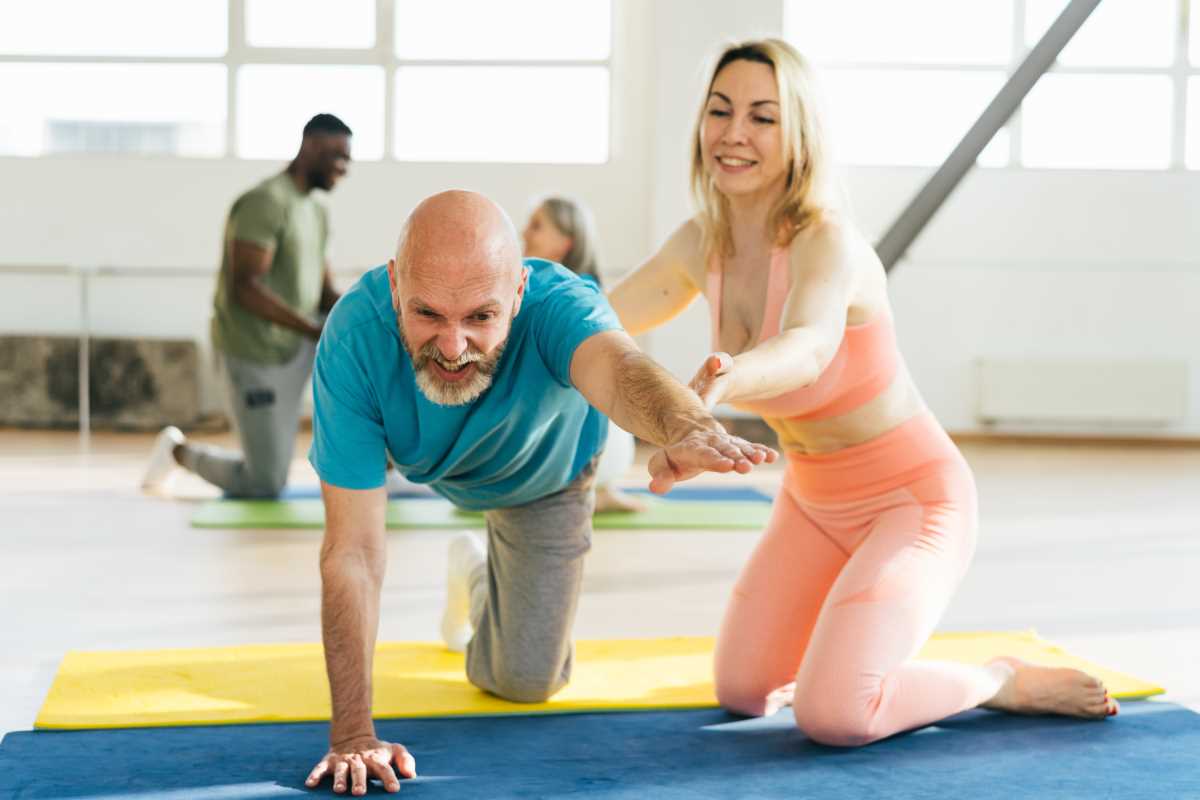 (Image via
(Image via

